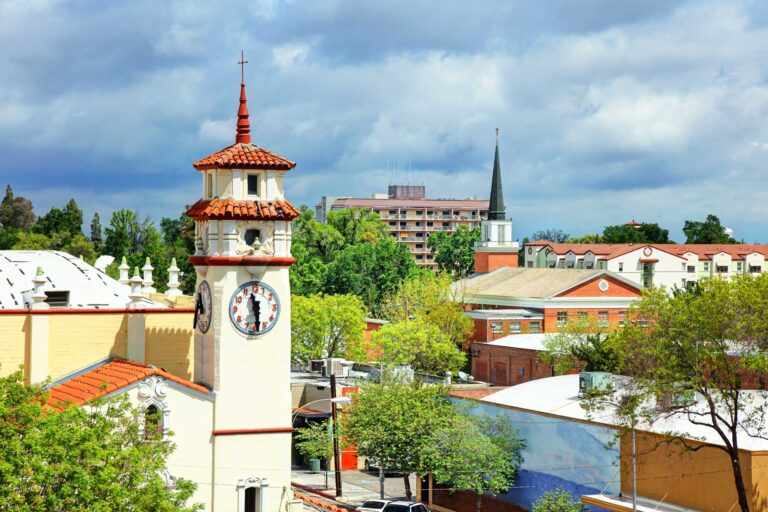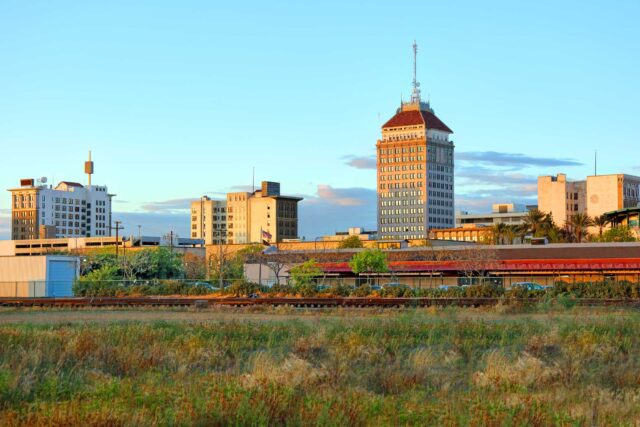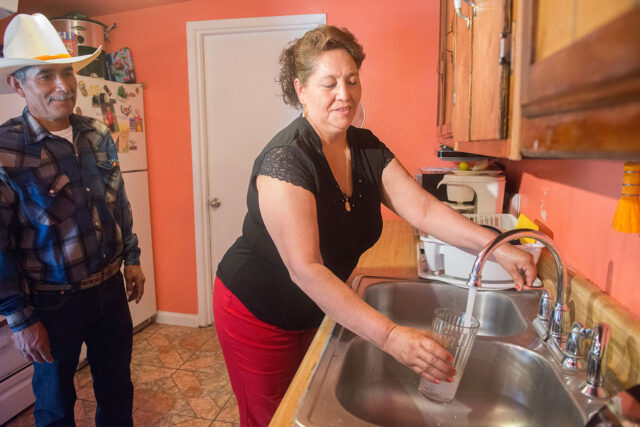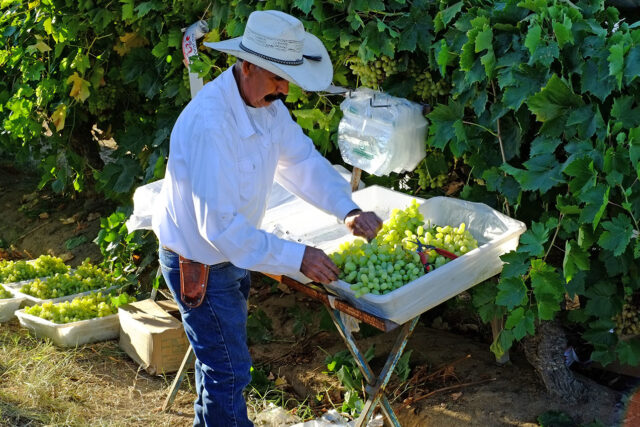The San Joaquin Valley is home to some 4 million residents and growing rapidly: another 1 million residents are expected by 2040. Groundwater is the primary water source for these communities, yet decades of overpumping have stressed the region’s groundwater basins, resulting in land subsidence, dry wells, and falling groundwater reserves. The 2014 Sustainable Groundwater Management Act (SGMA) seeks to solve this issue by mandating that water users bring their groundwater basins back into balance by the 2040s.
“Much of the discussion around implementation of the Sustainable Groundwater Management Act in the valley focuses on agriculture,” said PPIC research fellow Andrew Ayres at a virtual event last week. “That makes sense, because agriculture is a key player in SGMA implementation in the valley. Urban areas, though they use much less water, oftentimes are highly reliant on groundwater, so SGMA implementation is very important for them as well.”
In fact, Ayres said, the San Joaquin Valley’s growing communities can’t build new developments without an assurance of stable, long-term supplies—something that may be harder to come by as access to groundwater declines under SGMA. “To sustainably manage the resource is in some ways more important for urban users than it is for agriculture,” said Ayres. PPIC convened a panel to discuss a new report exploring how to ensure a smooth transition under SGMA for the San Joaquin Valley’s urban communities.
Ayres said that urban communities will need to undertake a range of actions to ensure a reliable water supply for the region’s residents, and these will often involve cooperating with a number of other local stakeholders. “Managing groundwater in this region is going to—despite some tensions—require partnerships between urban and agriculture and some other players in the valley,” he said.
PPIC Water Policy Center director Ellen Hanak moderated a discussion with three experts on the issue. She noted that the valley has already made a lot of progress on managing water demand, especially since the last drought. And, she said, “it looks like a lot of those savings have continued.”
Raul Barraza, Jr., general manager of the Arvin Community Services District, confirmed her impression. “In the last drought,” he said, “the community was able to conserve 30%—our gallons per capita are down around 126. We’re really happy that folks understand the importance of water.” He said that while he likes green lawns, “if we have to go away from that for a while, that’s a sacrifice we’re willing to make.”
Luke Serpa, city manager of the City of Clovis, spoke a bit about the challenges of reducing water use on landscaping—currently one of the largest uses of water in the valley’s urban communities. While the Model Water-Efficient Landscape Ordinance (MWELO) requires water-efficient landscaping in new developments, “the challenge is to try to reduce the water use in the 30,000 or 40,000 residences that already exist in Clovis, not to mention schools and such,” said Serpa. “It’s very costly to replace landscaping.” On the positive side, Serpa says that Clovis has recharge partnerships with neighboring agricultural districts, which are helping the city to get more water in the ground.
Paul Gosselin, deputy director at the California Department of Water Resources (DWR), said that when SGMA came out, it was clear it was going to take the entire community working together to address overpumping. “Everyone had to be at the table.” That’s a strength, he says. “There’s a lot of creativity and solutions that can be brought to the table by having all the entities there.” Gosselin said that DWR brings technical support services, which are key to advancing and developing groundwater sustainability plans with structured dialogues between agriculture and urban planners “who may not have talked before.”
All three panelists emphasized the importance of communication and collaboration as the valley seeks to achieve groundwater sustainability. “Everybody needs to start communicating,” said Raul Barraza, Jr. “We all need to pitch in.”




